The brain computer-interface market in South America is currently characterized by a dynamic competitive landscape, driven by rapid technological advancements and increasing demand for innovative solutions in healthcare and consumer applications. Key players such as Neuralink (US), Synchron (US), and Emotiv (AU) are at the forefront, each adopting distinct strategies to enhance their market presence. Neuralink (US) focuses on pioneering neurotechnology, emphasizing research and development to create advanced interfaces that could revolutionize neurological treatments. In contrast, Synchron (US) has carved a niche in minimally invasive solutions, positioning itself as a leader in the medical applications of brain-computer interfaces. Emotiv (AU) is leveraging its expertise in consumer neuroscience, aiming to expand its product offerings in mental wellness and cognitive enhancement, thereby diversifying its operational focus. Collectively, these strategies contribute to a competitive environment that is increasingly innovation-driven, with each company striving to differentiate itself through unique technological advancements.
The business tactics employed by these companies reflect a concerted effort to optimize operations and enhance market penetration. Localizing manufacturing and optimizing supply chains are prevalent strategies, particularly as companies seek to reduce costs and improve responsiveness to regional demands. The market structure appears moderately fragmented, with several players vying for dominance, yet the influence of major companies is substantial. This competitive structure fosters an environment where innovation is paramount, as companies must continuously adapt to maintain their market positions.
In October 2025, Neuralink (US) announced a groundbreaking partnership with a leading South American university to advance research in neuroprosthetics. This collaboration is expected to accelerate the development of next-generation brain-computer interfaces, potentially enhancing the quality of life for individuals with neurological disorders. The strategic importance of this partnership lies in its potential to leverage academic research capabilities, thereby expediting product development and fostering innovation.
In September 2025, Synchron (US) successfully completed a clinical trial for its minimally invasive brain-computer interface, demonstrating significant improvements in patient outcomes. This achievement not only validates Synchron's technological approach but also positions the company favorably within the medical community. The implications of this success are profound, as it may lead to increased adoption of their technology in clinical settings, thereby expanding their market share.
In August 2025, Emotiv (AU) launched a new consumer-focused brain-computer interface aimed at enhancing mental wellness through real-time feedback on cognitive states. This product introduction signifies Emotiv's commitment to tapping into the growing wellness market, which is increasingly prioritizing mental health solutions. The strategic importance of this launch lies in its potential to attract a broader consumer base, thereby diversifying revenue streams and reinforcing Emotiv's market position.
As of November 2025, current trends in the brain computer-interface market are heavily influenced by digitalization, AI integration, and a growing emphasis on sustainability. Strategic alliances are becoming increasingly vital, as companies recognize the need for collaborative innovation to stay competitive. Looking ahead, it is likely that competitive differentiation will evolve, shifting from traditional price-based competition to a focus on technological innovation, reliability in supply chains, and the ability to deliver unique, value-added solutions. This evolution underscores the necessity for companies to remain agile and forward-thinking in an ever-changing market landscape.


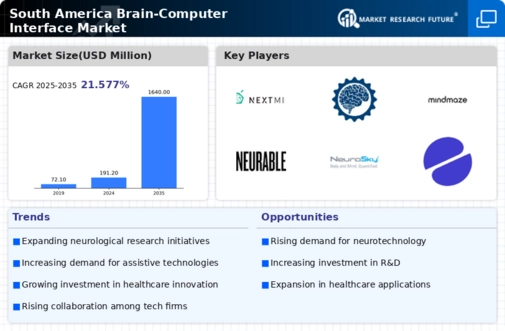

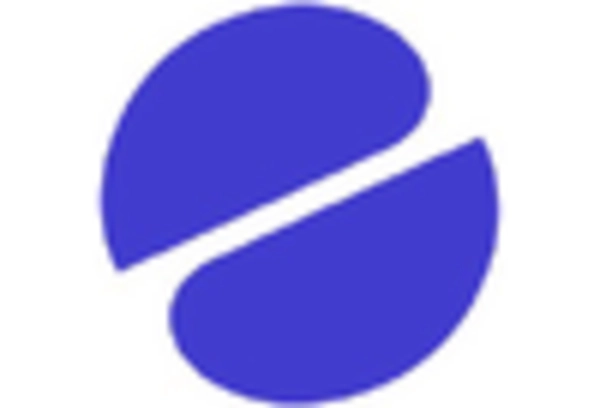
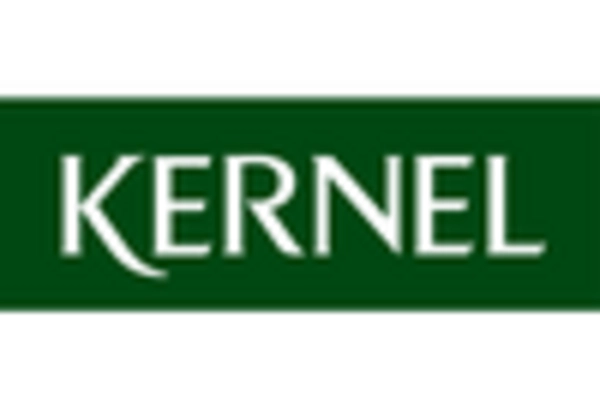

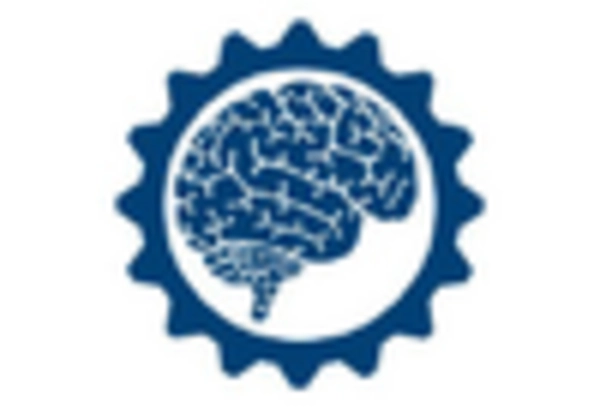
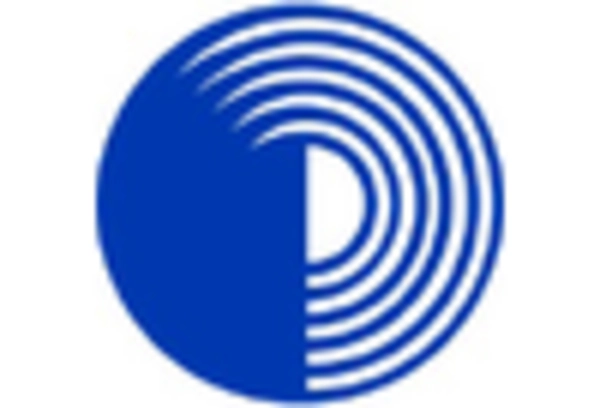
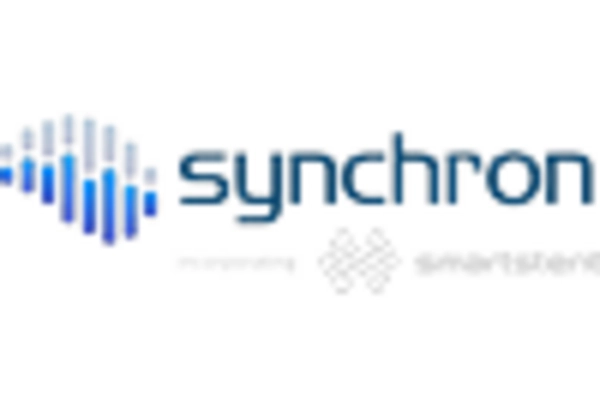








Leave a Comment